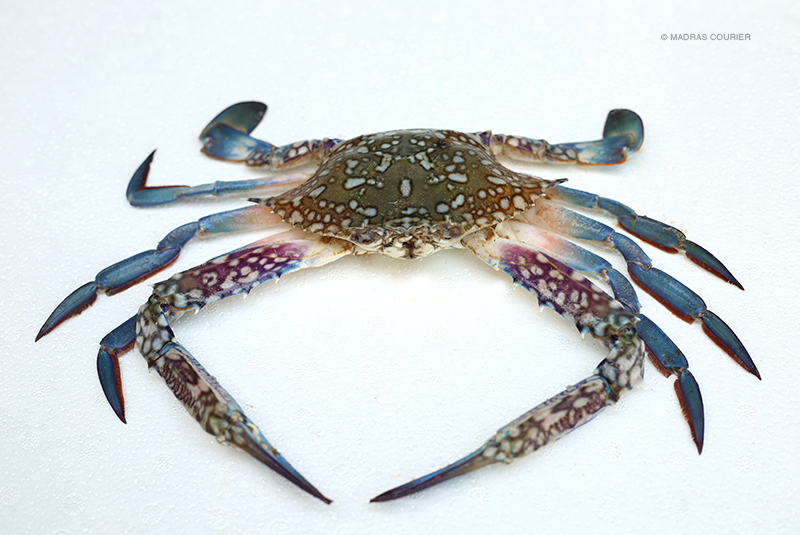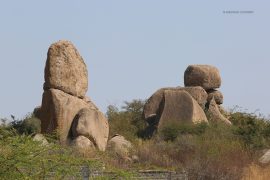Joymoni, Bangladesh: Kishore Mondol, a farmer in the low-lying deltas of southern Bangladesh, points at the four-foot-high platform of grey clay he and his wife have just struggled to build. The mound is intended to keep their next home above ever-rising floodwaters. But even it won’t last long, he fears. “Within the next 10 years, monsoon high tides will be flowing over this level,” he predicts.
With tidal floods fast worsening as a result of more intense rainfall and sea level rise, “this is the third time within 20 years we are moving our home higher,” complained Mondol, whose village lies in Khulna district, at the head of southwestern Bangladesh’s Sundarbans tidal forests.
Sea level rise and worsening storm surges are making life increasingly precarious in southern Bangladesh’s low-lying deltas, flooding homes and filling fields with salty water that keeps rice from growing. Many former farmers have switched to raising tiger shrimp – now Bangladesh’s second biggest export after garments – in shallow ponds. But even the shrimp are now dying in many areas, hit by viral infections, local people say.
Instead, as waters continue to rise, women in the region have hit on a new, tough and flood-friendly harvest: mud crabs.
Copyright©Madras Courier, All Rights Reserved. You may share using our article tools. Please don't cut articles from madrascourier.com and redistribute by email, post to the web, mobile phone or social media.Please send in your feed back and comments to [email protected]











